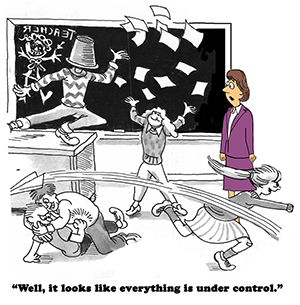CIS urges better targeting for $23.5b Gonski 2.0 money
Australian schools should use the extra Gonski 2.0 funding to improve early literacy and numeracy, give teachers fewer classes and more time outside the classroom, and provide classroom management training for teachers, new research from the Centre for Independent Studies finds.
In Getting the most out of Gonski 2.0: The evidence base for school investments, education policy analyst Blaise Joseph has outlined the importance of school investments being evidence-based and cost-effective. He proposes three investments with the potential to significantly improve lagging student literacy and numeracy results
- Early literacy and numeracy
- Give teachers fewer classes and more time outside the classroom
- Classroom management training for teachers
Intervention to help students who are underachieving in literacy and numeracy is more effective in early primary years than in later schooling, the report proposes. In particular, primary schools should invest in training for teachers to improve teaching of reading and phonics instruction.
 Teachers should have fewer classes and more time outside the classroom. Australian teachers spend more time each day teaching in class, relative to the OECD and the top-performing countries.
Teachers should have fewer classes and more time outside the classroom. Australian teachers spend more time each day teaching in class, relative to the OECD and the top-performing countries.
Classroom management training for teachers is the third essential. Australia has high levels of classroom misbehaviour compared to the OECD and top-performing countries and this has negative effects on achievement.
“These three approaches wouldn’t necessarily cost much more money, if for example school professional development budgets were prioritised towards more important training like phonics instruction and classroom management, and if class sizes were increased to offset the cost of fewer classes per teacher,” Joseph said.
“One important caveat is that only NSW and the ACT have accreditation standards for teacher professional development providers, which means much of the compulsory training teachers attend isn’t necessarily evidence-based. States and territories should have more rigorous and transparent standards for professional development providers.”
The report also critiqued two common school investments, arguing they are not adequately evidence-based or cost-effective:
- Smaller class sizes. Reducing class sizes would be expensive, have the potential to reduce teacher quality, and have only minor positive effects on student achievement; relative to the OECD average and high-achieving countries, Australian class sizes are not especially large.
- Technology. The extent of any positive effects for education technology is uncertain. Australia already invests in and uses significantly more school technology relative to the rest of the world, but this by itself has not helped to improve literacy and numeracy.